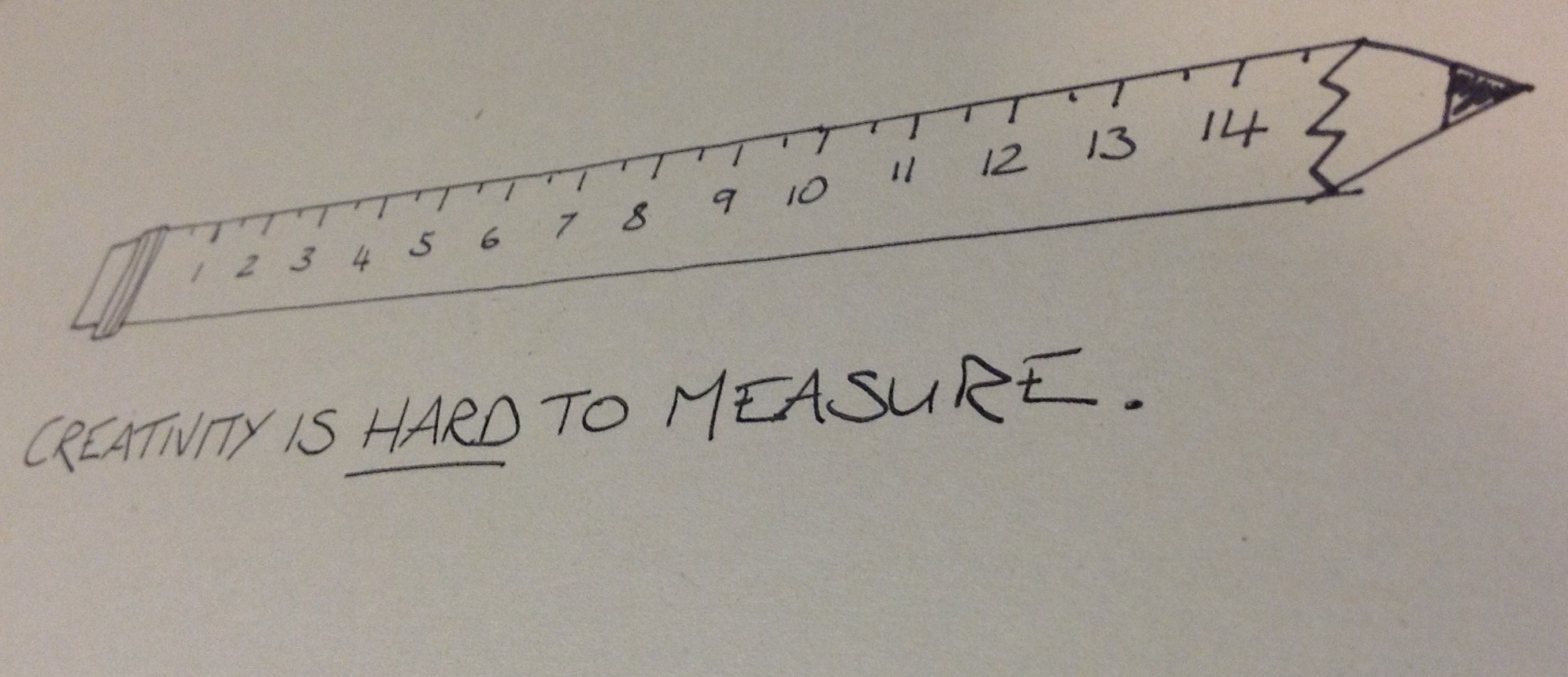![]()
The other day, I was listening to the radio and heard the Beatles’ song, “Come Together.” My kids were in the backseat singing along, and each time the chorus came to the lyric, “Come together…OVER ME,” my daughter and son would shout out the Over Me. Don’t ask me why, but the emphasis on ME got me thinking about M and E, or monitoring and evaluation.
One of the questions I am frequently asked is, “How should an organization integrate its evaluation and performance measurement?” This question has become especially relevant to federal agencies as they try to balance improving transparency and performance with mandated reporting requirements. So, how do we as govies, come together over M and E?
To answer, I first want the questioner to understand that monitoring of performance measurement and evaluation are both tools for management. I explain that I see performance measurement as a compass – it tells us if we are heading in the direction we intended. Utilized appropriately, performance measurement is about communicating progress. I think of evaluation as a map – it provides a picture of our terrain, what’s in front of us, behind us, to the sides, and possible paths to reach our destination. Combined, these tools provide a powerful way to provide guidance on our direction, processes, outputs and outcomes.
Lesson Learned – If you are going to invest in either performance measurement, program evaluation, or both, you need to always know two things upfront: First, what questions do you have about the phenomena, program, project, process, or people you are interested in? What is it you want to know? Second, once you receive that information or the answers, what decision do you want to make? How are you going to use the information? If you haven’t defined these two things, you are more likely to waste resources either by collecting data you don’t need, pursuing incorrect hypotheses, or writing reports that don’t provide value.
Lesson Learned – Both evaluation and performance measurement are needed to drive organizational performance: In simplest terms, performance measurement tells an organization what is happening and evaluation provides why it is happening. Reliance on one without the other is similar to driving a car with only two wheels instead of four. It may get you somewhere, but neither efficiently or effectively. I recently came across an equation, presented by Gary Klein, author of Streetlights and Shadows, which I adapted to explain the concept:
Performance = (the reduction of mistakes and variation) + (the increase of insight and expertise)
Performance measurement data in the context of continuous improvement activities, such as Lean and Six Sigma, are used to reduce errors and eliminate waste, and evaluation or assessment feedback, is used to increase our learning to form the basis for sound improvement strategies.
When integrated, the combination of performance measurement and program evaluation, or performance information (PI), can provide guidance on four critical areas of decision-making. These are:
- Policy Influence or Initiative – is there a need to improve or change an existing policy, or to create a new policy
- Program Innovation – how can we as managers improve the quality or scope of what we do to provide more value to our intended audiences and beneficiaries. Is there a need for change or something brand new?
- Process Improvement or Implementation – can we provide more efficiency, or implement more accurately to ensure we are achieving the results we intend?
- People Involvement – often overlooked. Are there voices (whether its citizens, customers, employees, stakeholders, partners, suppliers) that should be heard? Where do we need to include people to ensure the best practices and outcomes?
Lesson Learned – When not integrated, Evaluation and Performance Measurement tend to become compliance instead of learning activities: In my experience, managers who don’t evaluate are left without the tools to explain challenged performance, often leading to ineffective blame and shame performance management systems. Managers who evaluate without monitoring performance generally have evaluations that end up as credenza-ware. Align evaluation and performance measurement by using each to reinforce the other, as appropriate, in management systems and evaluation projects. When I was at the U.S. State Department, we integrated performance measurement and evaluation by including the key research and survey questions used to gather performance data in most, if not all, of our evaluations. This not only helped to verify the performance results, it allowed us to deeply explore how and why we were achieving specific results, so they could be reported and replicated.
Ted Kniker is part of the GovLoop Featured Blogger program, where we feature blog posts by government voices from all across the country (and world!). To see more Featured Blogger posts, click here.





Leave a Reply
You must be logged in to post a comment.